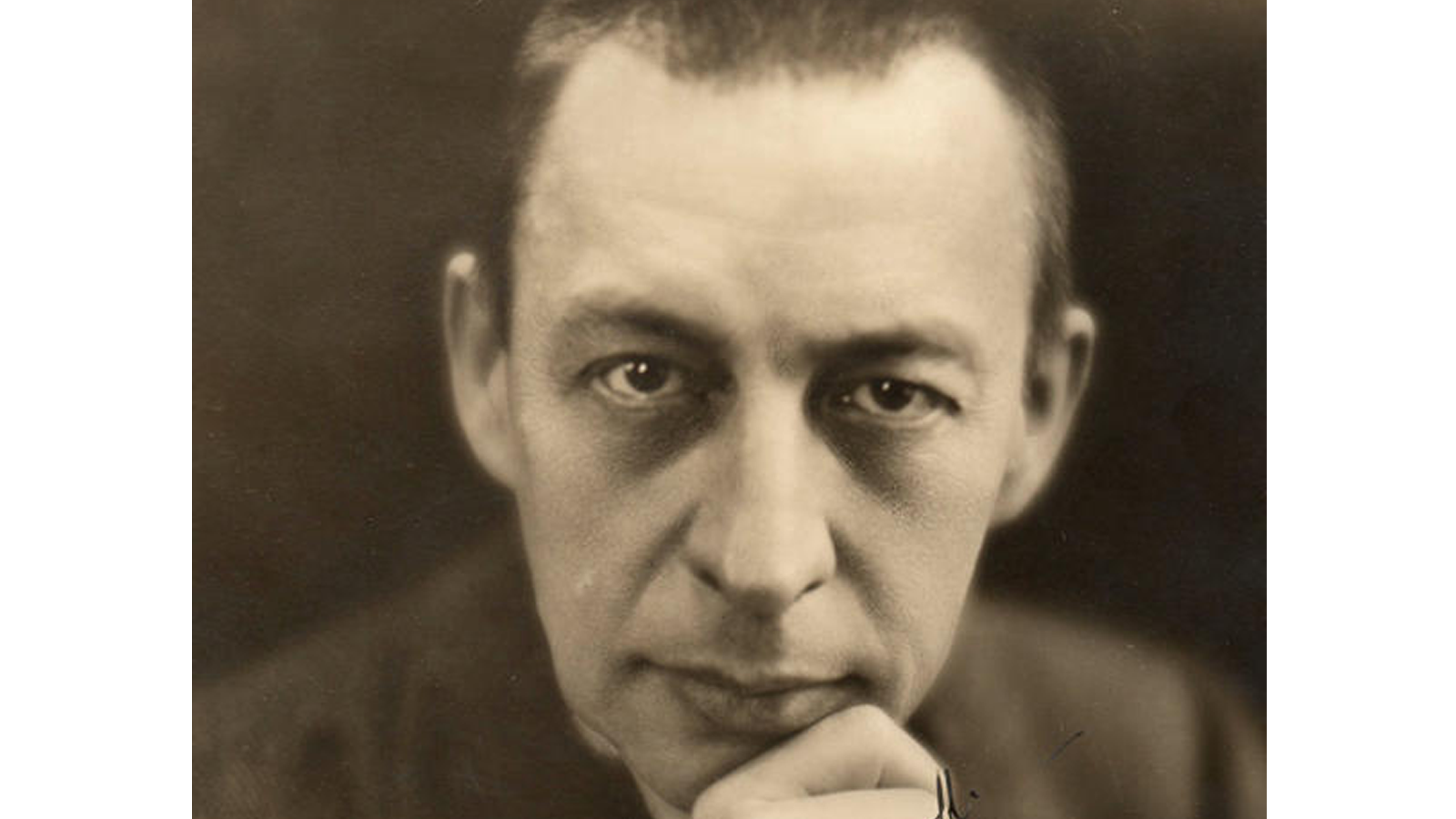
No. 38
Rachmaninov: Piano Concerto No. 3 in D minor

Rachmaninoff composed his 3rd Piano concerto during the summer of 1909, while spending time at his family’s country dasha, “Ivanovka”. He wrote the concerto in preparation of a concert tour in the United States, where he would need a new work in addition to his 2nd Concerto which, despite its growing popularity, he found awkward to play. This new concerto would be, supposedly easier to play and wouldn’t tax him so much over the packed weeks of the tour. In the upshot, however, the 3rd concerto turned out to contain the most technically difficult piano part of any concerto ever written. Discovering how the piano part had gotten away from him, Rachmaninoff decided to dedicate his new concerto to the world’s greatest living virtuoso, Joseph Hoffmann, who accepted the dedication but never got around to playing the concerto. He claimed the music was not written in his style, a polite way of saying the piano part is a killer.
Always prone to doubt his compositional talent, Rachmaninoff was buoyed by the unexpected advocacy of no less a figure than Gustav Mahler. In New York City, after a luke-warm premiere of the 3rd Piano Concerto in which the orchestra struggled with Walter Damrosch on the podium, the second performance was scheduled for Carnegie Hall in January. This time Gustav Mahler would be leading the New York Philharmonic. Rachmaninoff wrote: “At that time Mahler was the only conductor whom I considered worthy to be classed with Nikisch, [the revered conductor of the Berlin Philharmonic]. He devoted himself to the accompaniment, which is rather complicated, had been practiced to perfection, although he had already gone through another long rehearsal. According to Mahler, every detail of the score was important --an attitude too rare amongst conductors.” The performance, Rachmaninoff, of course the soloist, was a triumph.
But still no other pianist of any renown would take up the concerto. Rachmaninoff was left for almost a decade and a half as the only pianist who would tackle his 3rd Concerto. In desperation, he authorized cuts to make things easier. All that changed when in 1929, Vladimir Horowitz undertook to perform the concerto. Even Rachmaninoff was astounded by Horowitz’s apparent ease in executing the most difficult passages, and, with an almost audible sigh of relief Rachmaninoff handed the Concerto to the young, Russian born piano wizard, claiming that no one played the concerto like Horowitz.
After Horowitz, the Concerto has become the Mount Everest of piano concertos. Almost every young virtuoso, these days feels he or she must attempt its summit, but to tell the truth it’s also hard to find an orchestra that can provide the essential base camp for the pianists ascent.
Top 40 Countdown
A few years ago the listeners to WNED Classical told us what they thought a TOP 40 list of Classical pieces should be. Six hundred and twenty-two different pieces were put forward, and over nine hundred listeners participated. The result, The WNED Classical Top 40, was both startling and comforting. There were a number of surprises, Stravinsky and Copland made the list; Mendelssohn and Schumann did not! It was comforting to know that the two most popular composers were Beethoven and J.S. Bach. The biggest surprise of all was the piece that crowned the list as No. 1.